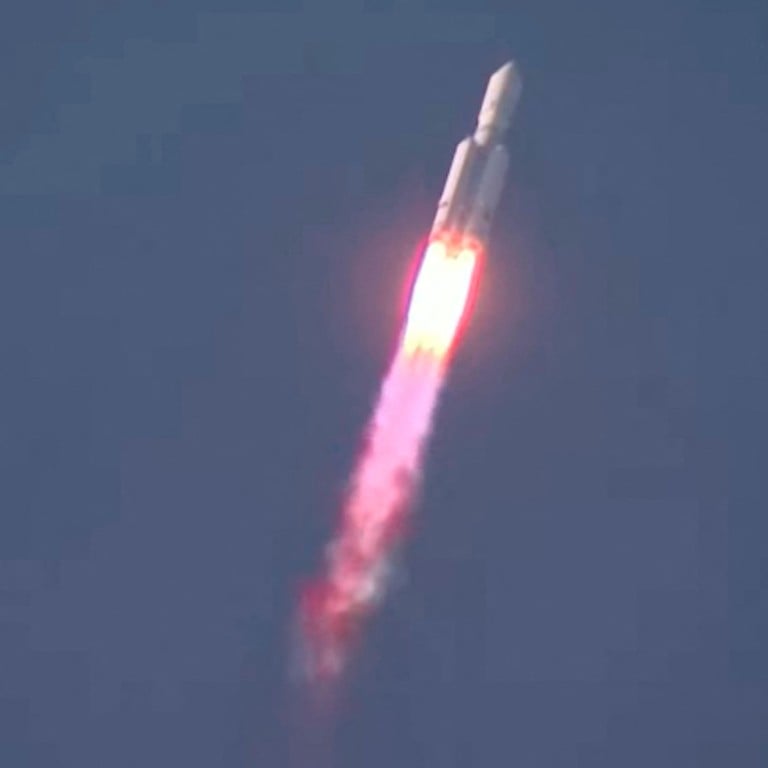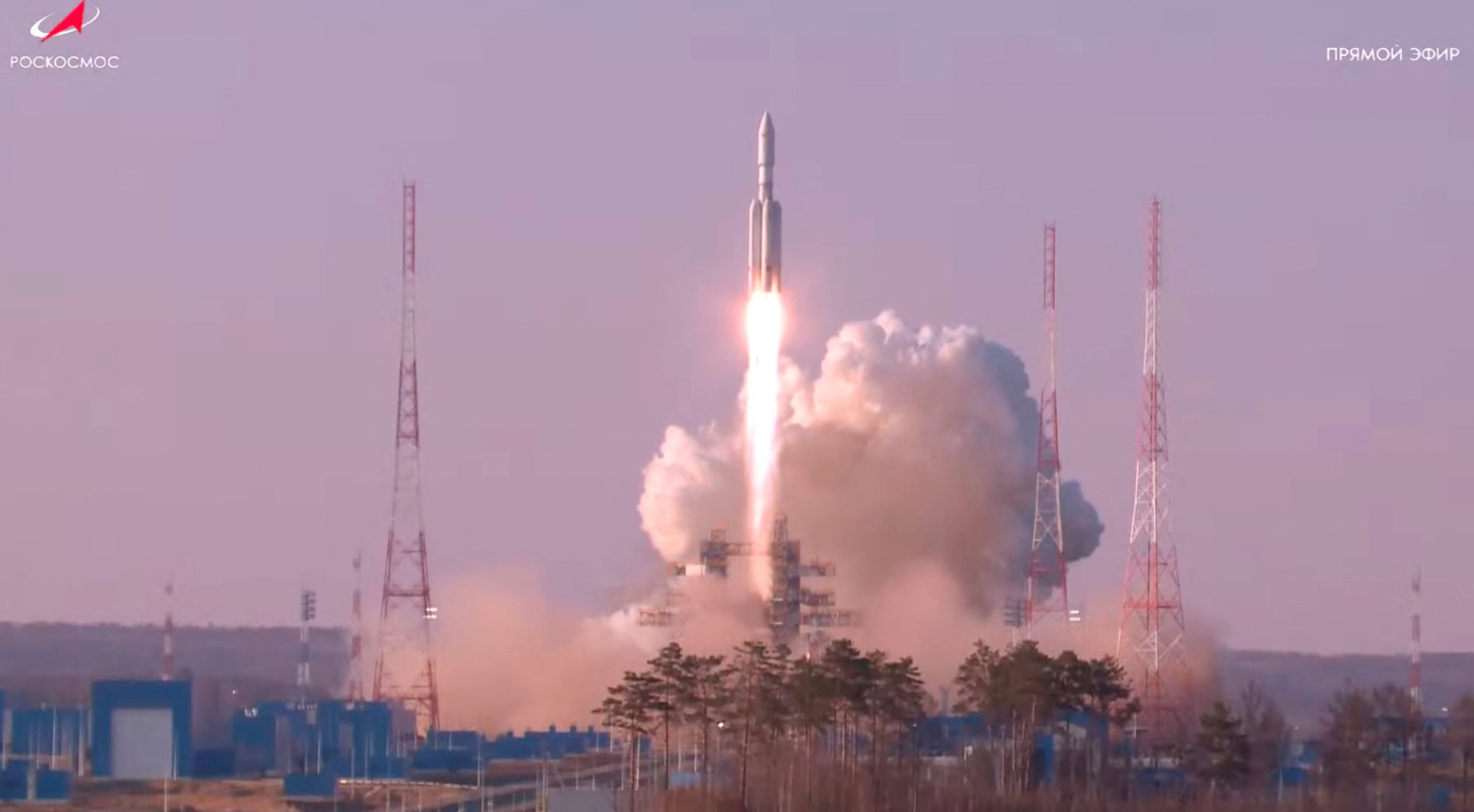
Russia launches first Angara-A5 space rocket after 2 aborted launches
- Russia test launched its Angara-A5 rocket for the first time after technical glitches prompted officials to abort missions at the last minute two days in a row
- The launch of the Angara-A5 rocket, a new post-Soviet launch vehicle, is intended to showcase Russia’s post-Soviet space ambitions
“The rocket worked according to plan. The upper stage separated ... and is currently putting the test payload into target orbit,” the Roscosmos space agency said in a social media post shortly after the launch.
The first attempt to launch the Angara-A5 rocket from the Vostochny spaceport on Tuesday was cancelled about two minutes before the scheduled lift-off due to a failure of the pressurisation system of the oxidiser tank in the central block of the rocket.
The second attempted launch on Wednesday was also aborted by the automatic safety system, which registered a flaw in the engine start control mechanism, said Yuri Borisov, head of Russia’s state-controlled space corporation Roscosmos. He added that the failure was most likely rooted in a programming error.

The launch of the Angara, a new post-Soviet launch vehicle, is intended to showcase Russia’s post-Soviet space ambitions and the growing role played by Vostochny which sits in the forests of the Amur region of Russia’s Far East.
Thursday’s launch is the fourth for the Angara-A5, a heavy-lift version of the new Angara family of rockets that has been developed to replace the Soviet-designed Proton rockets.
The previous three launches were carried out from the Plesetsk launch pad in northwestern Russia.
After the 1991 break-up of the Soviet Union, Russia leased the Baikonur Cosmodrome from Kazakhstan and continued to use it for most of its space launches. The agreement with Kazakhstan allows Russia to keep leasing Baikonur for US$115 million a year through 2050.

While Roscosmos has continued to rely on Baikonur, Russian authorities have developed Vostochny as the facility of choice for Angara launches. The construction of the new spaceport has dragged on for longer than planned, and it has seen only limited use so far.
The development of the Angara-A-5, which is set to be the main launch vehicle for Russia’s prospective lunar research programme, has also faced repeated delays and dragged on years behind schedule.
Like the Soviet-designed Proton it’s set to replace, the new rocket is intended to launch intelligence and communication satellites to geostationary orbits.
Additional reporting by Agence France-Presse, Reuters

